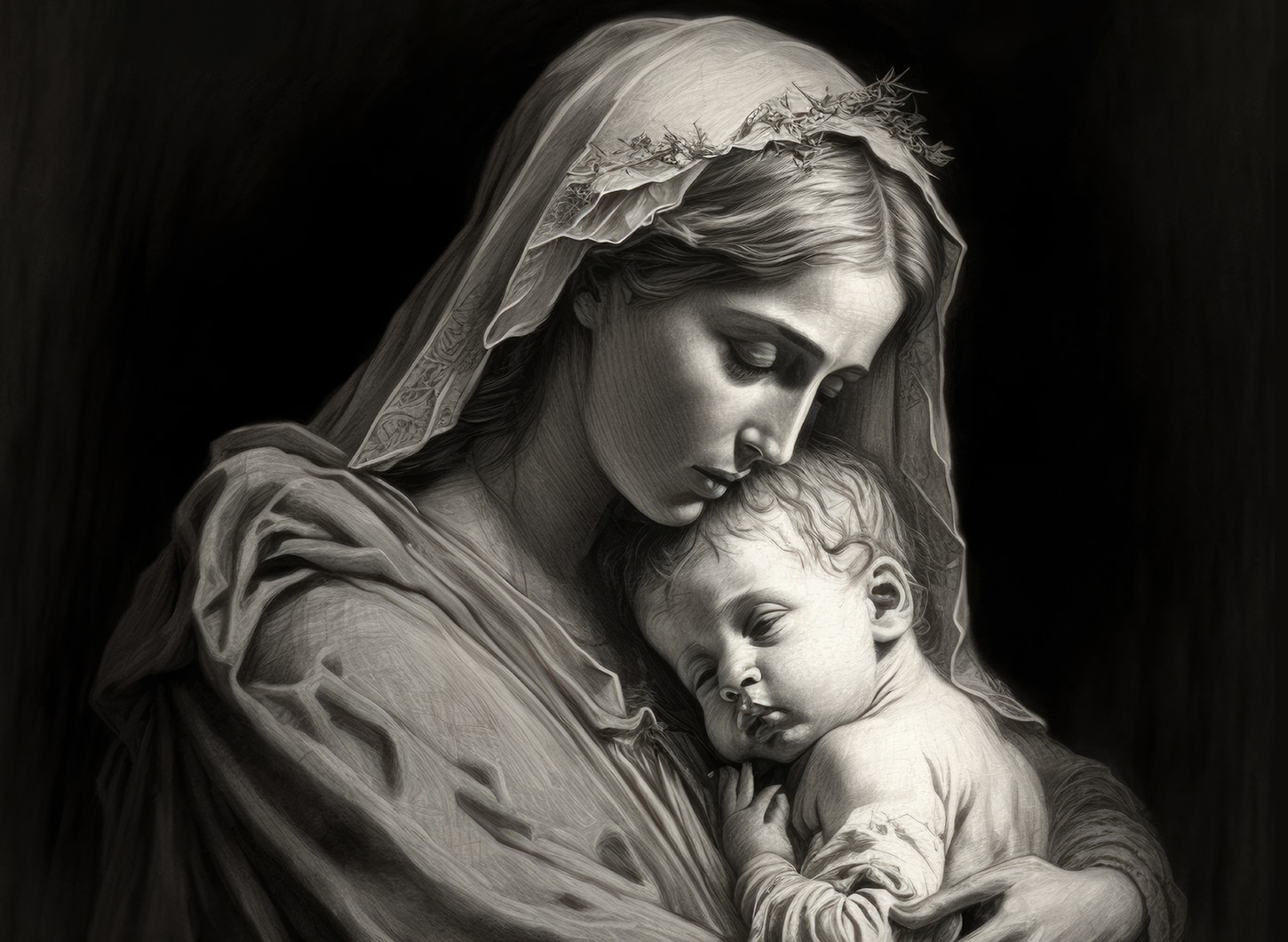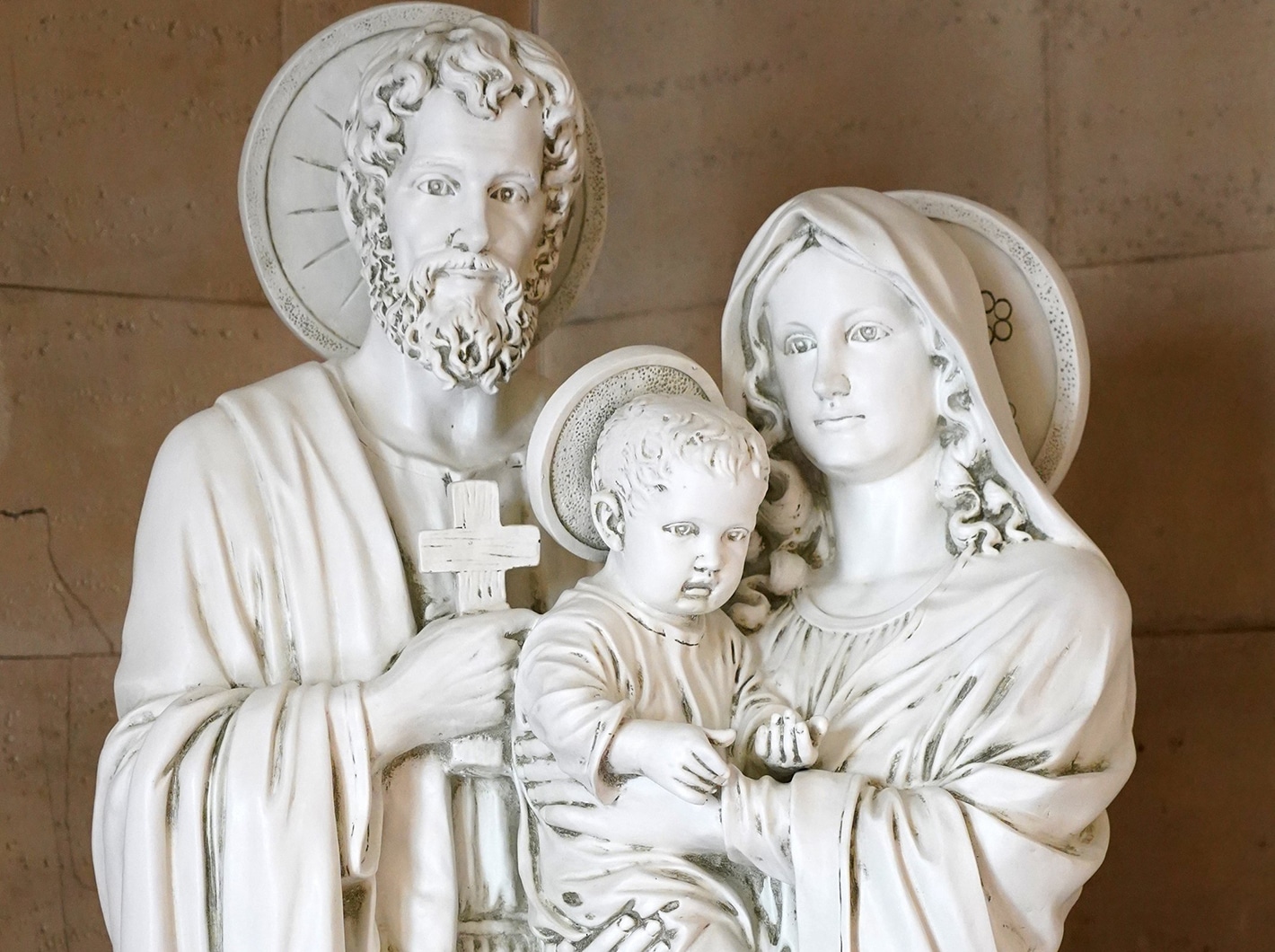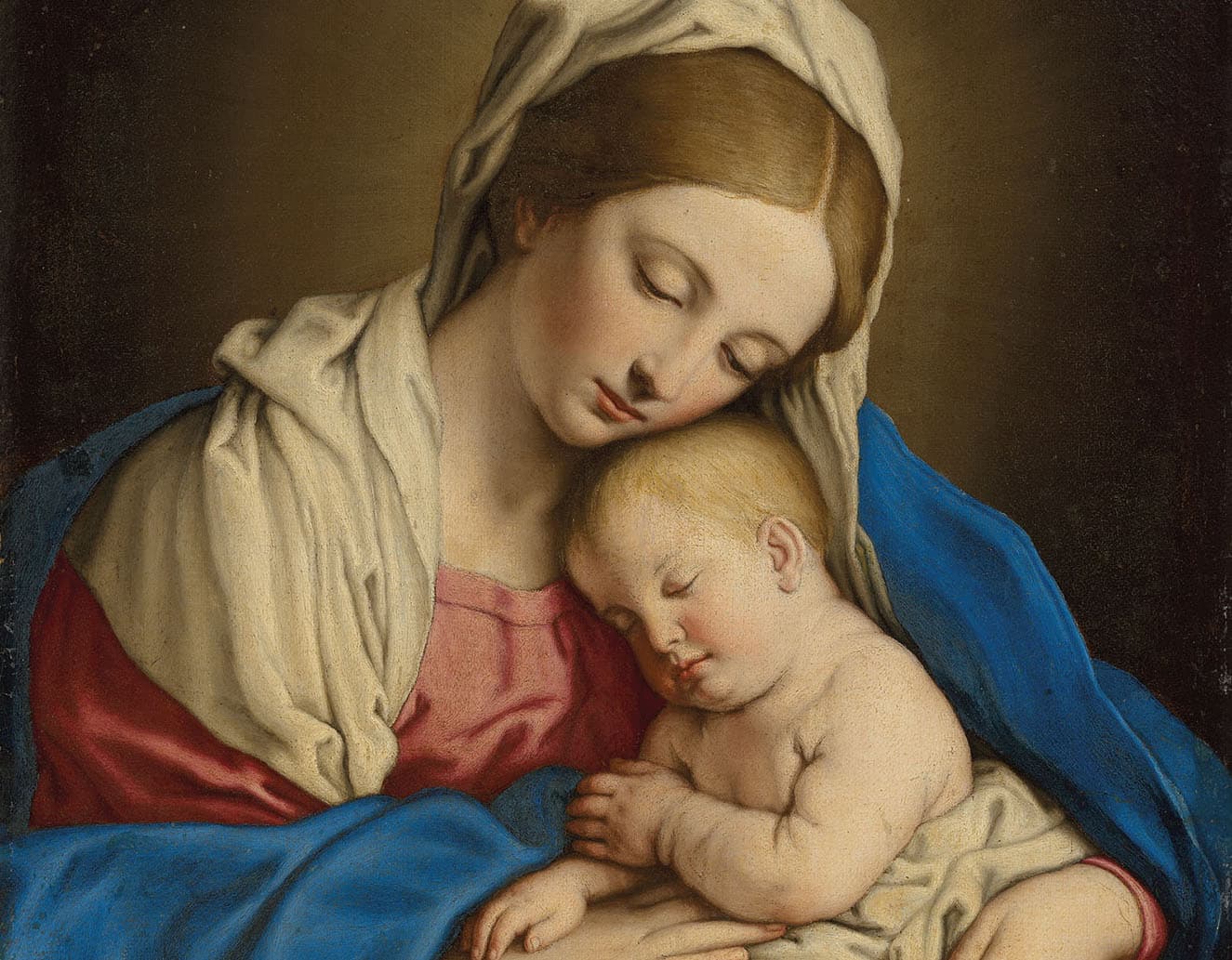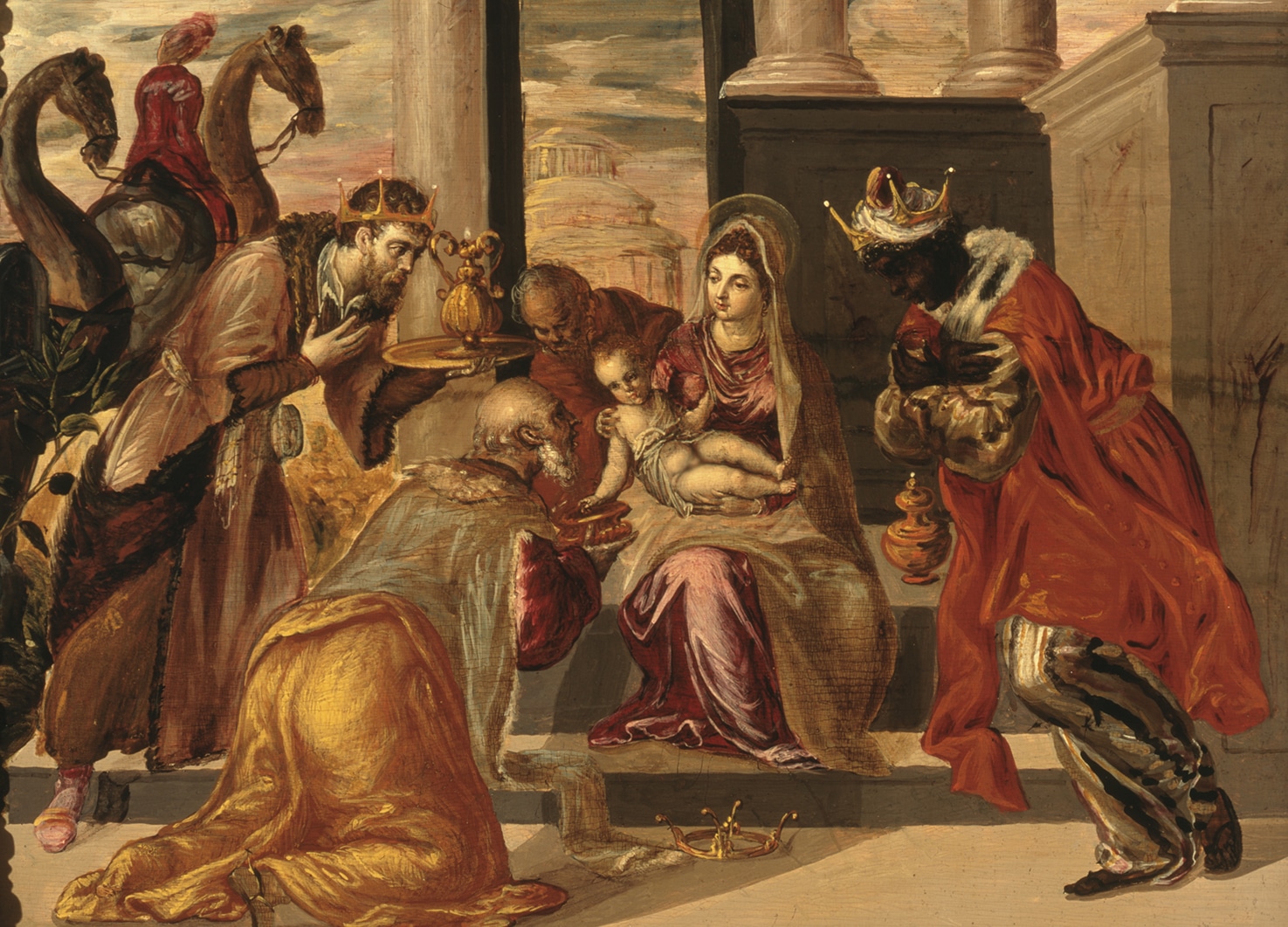When I was in middle and high school, we were blessed to have daily Mass every morning at school. The chaplain who said Mass for us every day, Father Ron Gillis, had a line about Our Lady that he would often share in his homilies, and it has remained with me all these years later. “Sometimes we think of Mary as if she’s an icicle,” he would say. “We think of her like this frozen statue, stuck with her hands folded, just praying all day long.”
Especially at a young age, I found that this visual really hit home. It felt so true, and it charmed me that a priest would be willing to say this so openly. I found that I did think of Mary that way sometimes, without quite realizing it, and certainly sometimes I still do. Perhaps sometimes we all have this feeling about Mary. Who is this perfectly holy woman, and what could she want to do with us?
But Father Ron would always follow this remark about Mary as an icicle with a passionate shout: “It’s not true!” he’d say, loudly enough to wake up anyone who might not have been perfectly attentive. “Mary is not an icicle!” he would insist. “Nothing could be further from the truth.”
This is the thought that persists in my mind when I reflect on Our Blessed Mother and my relationship with her. Why do some of us have this sense that Mary is more like an icicle than a real human being, stuck eternally with her hands folded in prayer? Who is she really, and what does her existence mean for us?
When we look more closely at Mary and reflect on all that we know about her, we will find that not only is she not an icicle, but her Immaculate Heart is burning with love for us. Her whole life shows that she is overflowing with a desire to lead us to her son and to help us lead others to him, too.
Bearing Christ to the world
St. Hildegard of Bingen, an 11th-century nun and Doctor of the Church, wrote of Mary: “She is so bright and glorious that you cannot look at her face or her garments for the splendor with which she shines. For she is terrible with the terror of the avenging lightning, and gentle with the goodness of the bright sun; and both her terror and her gentleness are incomprehensible to humans. But she is with everyone and in everyone, and so beautiful is her secret that no person can know the sweetness with which she sustains people, and spares them in inscrutable mercy.”
In striving to understand who Mary is, there are few better resources than the wonderful book “The Reed of God” by Caryll Houselander. In the introduction, Houselander writes of a misconception about Mary that she developed as a child, after someone told her never to do anything that Mary wouldn’t do. “The wrong conception of Our Lady which I had,” she writes, “is one that a great many other people have, too; a very great many people still think of Our Lady as someone who would never do anything that we do. To many, she is the Madonna of the Christmas card, immobile, seated forever in the immaculately clean stable of golden straw and shining snow. She is not real; nothing about her is real, not even the stable in which love was born.”
Sometimes we have this feeling that Our Lady is an icicle or an image on a holy card or a statue with perpetually folded hands — aloof, above us, almost inhuman, unrelated to anything that’s related to us.
Houselander’s observation feels quite similar to what Father Ron would say to us about Mary in his homilies. Sometimes we have this feeling that Our Lady is an icicle or an image on a holy card or a statue with perpetually folded hands — aloof, above us, almost inhuman, unrelated to anything that’s related to us.
In contrast to this perspective, which she eventually outgrew, Houselander offers a striking image, writing that it is Mary’s very humanity that allows her to be the ultimate witness for us, surpassing the witness of every other saint. “Each saint has his special work: one person’s work,” Houselander writes. “But Our Lady had to include in her vocation, in her life’s work, the essential thing that was to be hidden in every other vocation, in every life. She is not only human; she is humanity. The one thing that she did and does is the one thing that we all have to do, namely, to bear Christ into the world.”
This is the essential thing to understand about Our Lady and about her witness for how we’re called to live. We could spend an entire lifetime learning about her and modeling our lives after hers, but her ultimate and most essential witness is Theotokos, God-bearer. Her irreplaceable role in bringing God’s presence into the world in a tangible way — quite literally enabling God to become incarnate through her loving obedience and her openness to his will — helps us to grasp this unifying thread of the Christian life. No matter our work, vocation or any other circumstance, we are always called and able to bear Christ into the world and make his presence known.
‘Fiat’ and freedom
We see this most especially in Mary’s fiat, her great “yes,” that moment when she says, “Thy will be done.” It is in this moment that Mary stands in stark contradiction to the world today, particularly our misconceptions about freedom and about womanhood. Our culture reveres a false vision of liberation that involves being fully focused on the self. Freedom, we are told, consists in license, in having the absolute and unquestioned ability to direct our actions according to our desires, particularly when it comes to our sexuality. Modern feminists celebrate the so-called emancipated woman who exercises her liberation primarily by rejecting everything that men have to offer and rejecting even her own unborn child if doing so would appear to further her own will or her own plans. Our culture and our society have lost sight of the true conception of freedom as defined by both premodern philosophy and the Catholic tradition. Freedom, in the Christian view, is the ability to choose the good, the space to grow in virtue and to flourish in accord with what is good for our human nature and with what God asks of us.
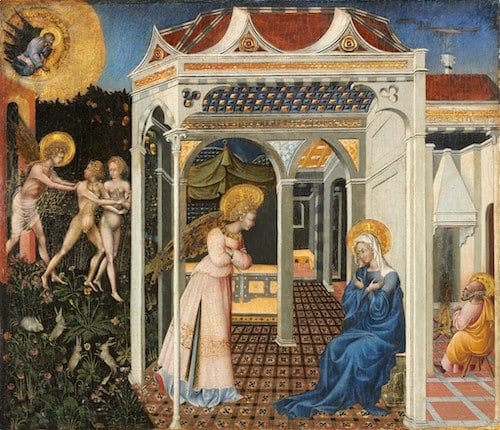
Our Lady’s “yes” in response to the angel’s message was the loftiest choice ever made by exercising true human freedom. Far from being oppressed or subjugated as today’s feminists would say, Mary revealed what a truly empowered, powerful woman looks like: humble, open to God and willing to renounce herself for the sake of doing his will. Her prayer in the Magnificat reveals what happens when we give ourselves over fully to glorifying God — because God needs nothing from his creatures, all the glory she gave to him was returned to her, magnifying her.
This fiat demonstrates to the fullest extent what flourishing human freedom looks like. This self-emptying “yes” resounded throughout Mary’s entire life, not only in the moment of the Annunciation but also in the stable in Bethlehem, in the Holy Family’s home in Nazareth, all the way to the foot of the cross. From her “yes,” we learn not only how to act freely but also how to do so in the midst of the very real difficulties and suffering of our human world. Mary said yes to God not because she had all the answers or because she had no fear, but rather in the midst of and despite great unknowing. She was willing to disregard the condemnation of others and her own uncertainty, willing to forsake everything to live in accord with what God asked of her.
| Solemnity of Mary, Mother of God |
|---|
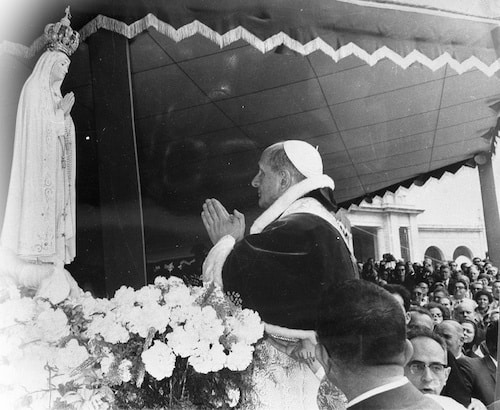 “The attention of all should be directed toward the … Solemnity of Mary the holy Mother of God. This celebration, placed on Jan. 1 in conformity with the ancient indication of the liturgy of the City of Rome, is meant to commemorate the part played by Mary in this mystery of salvation. It is meant also to exalt the singular dignity which this mystery brings to the ‘holy Mother … through whom we were found worthy to receive the Author of life.'” “It is likewise a fitting occasion for renewing adoration of the newborn Prince of Peace, for listening once more to the glad tidings of the angels (see Lk 2:14), and for imploring from God, through the Queen of Peace, the supreme gift of peace. It is for this reason that, in the happy concurrence of the Octave of Christmas and the first day of the year, we have instituted the World Day of Peace, an occasion that is gaining increasing support and already bringing forth fruits of peace in the hearts of many.” — Pope St. Paul VI, apostolic exhortation Marialis Cultus (No. 5) |
Pope Benedict XVI writes compellingly about this magnificent choice in his book “Jesus of Nazareth: The Infancy Narratives”: “Mary becomes a mother through her ‘yes.’ The Church Fathers sometimes expressed this by saying that Mary conceived through her ear — that is to say, through her hearing. Through her obedience, the Word entered into her and became fruitful in her. In this connection, the Fathers developed the idea of God’s birth in us through faith and Baptism, in which the Logos comes to us ever anew, making us God’s children.”
The choice to love
Our Lady’s choice to participate freely in God’s plan reveals to the entire world the gift of Jesus as Emmanuel, God with us. There is no greater sign than the Incarnation of the reality that he wants to be with us and that he is calling us to make him known to others by his presence in us. As Carrie Gress writes in “The Anti-Mary Exposed”: “Mary knew the truth about herself: that everything she had, everything she was, and everything she would ever do was because of the gifts offered to her by her Father, her Creator. … This is the reality of Mary: that she is the truest reflection of God who ever lived — other than her son — so her existence reveals great truths about God. Mary’s purity allows the essence of God to shine through her.”
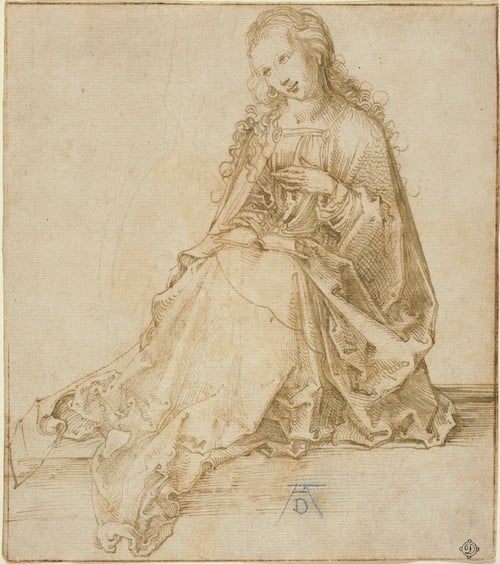
The very fact that Mary had perfect freedom to say yes to God tells us so much about who God is. God loves and values human freedom. He created us with free will precisely because it is through exercising our freedom that we can grow closer to him and allow him to transform us into people more like him. In his masterful work “To Know Christ Jesus,” theologian Frank Sheed writes: “Before the child was, by a miracle of God’s power, conceived of [Mary], there was explanation from God and consent from her. The child, our Savior and hers, was not forced upon her.”
No one who is forced to love another truly loves; love is always freely given. How beautiful that this gift God gave us is most fully exercised in Mary’s “yes,” allowing him to enter in and save all of humanity.
God could have chosen to create us as an army of little robots, forced by our very nature to worship him and do his bidding. But he chose not to do that. He chose, instead, to make us creatures who can truly love him. If God had not created us in this freedom, if we were compelled or coerced to love him, we wouldn’t be able to choose to reject him, and returning his love wouldn’t be a choice on our part at all. Therefore, it wouldn’t be love. No one who is forced to love another truly loves; love is always freely given. How beautiful that this gift God gave us is most fully exercised in Mary’s “yes,” allowing him to enter in and save all of humanity.
Participating in the great story of salvation
Consider, too, the Gospel account of the wedding at Cana, where, by Mary’s intercession and her care for even the smallest details of our lives, Jesus chose to make his first public miracle an act that celebrated the Sacrament of Marriage — and, more broadly, an act that celebrates all the small details of being human. As the new Eve who facilitated our redemption, Mary reveals that God is not holding out on us; he can be trusted to care for our every need. Pope St. John Paul II wrote in his encyclical Redemptoris Mater that the wedding at Cana reveals “Mary’s solicitude for human beings, her coming to them in the wide variety of their wants and needs. At Cana in Galilee, there is shown only one concrete aspect of human need, apparently a small one of little importance (‘They have no wine’). But it has a symbolic value: this coming to the aid of human needs means, at the same time, bringing those needs within the radius of Christ’s messianic mission and salvific power” (No. 21).
Our Lady’s witness reveals much to us about who we are and how we’re called to live our own Christian witness. Houselander writes of Mary as Christ-bearer, of how her example shows us that God deeply desires each of us to participate in the great story of salvation — or, as Bishop Robert Barron often puts it, the great theo-drama.
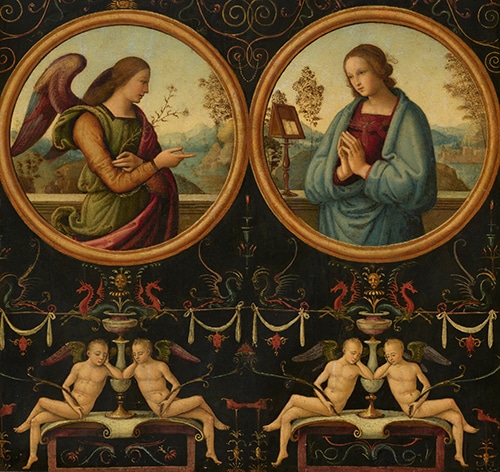
“The theo-drama is the great story being told by God,” he says, “the great play being directed by God. What makes life thrilling is to discover your role in it. This is precisely what has happened to Mary. She has found her role — indeed a climactic role — in the theo-drama. … And, like Mary, we have to find our place in God’s story.”
None of us has a role as crucial or glorious as Our Lady’s, of course. But neither are we called to sit back, relax and watch while God does all the important work. We are his hands and feet, we are his mouth, his eyes and ears, and we are his heart in the world. In his book “Fill These Hearts,” Christopher West writes: “[Mary] is the embodiment of the Church, the embodiment of all that nature proclaims. She is nature’s glorified life-giving mystery. She has gone before us all as ‘the Bride’ who allowed her heart’s desire to be stretched to the point of being able (quite literally) to receive and even give birth to infinity. Thus, Mary is the model par excellence of what it means to orient human desire, to open eros to God.”
“If prayer is nothing but becoming a longing for God,” West continues, “Mary is ‘the open vessel of longing, in which life becomes prayer and prayer becomes life.’ As we, like Mary, learn to become ‘open vessels of longing,’ we too, like Mary, can have expectant faith of being ‘filled-full.’ With eyes of faith, we can see this infilling taking place sacramentally at the apex of Christian liturgy: the representation of the last supper we call ‘the Eucharist.'”
In other words, Mary’s witness reveals to us with startling clarity that every human being was created for perfect union with God, loving him and being loved by him forever in eternal life. Our Lady models how to say yes again and again to seeking this union and to allowing God to seek us, enabling us to bring his presence into a world that needs him so deeply.
“Our Lady said yes for the human race,” Houselander writes later in “Reed of God.” “Each one of us must echo that yes for our own lives. We are all asked if we will surrender what we are, our humanity, our flesh and blood, to the Holy Spirit and allow Christ to fill the emptiness formed by the particular shape of our life. The surrender that is asked of us includes complete and absolute trust; it must be like Our Lady’s surrender, without condition and without reservation.”
‘Behold, your mother’
Our Blessed Mother bore God into the world literally, physically, as his mother. But he is calling each of us to do something similar in a spiritual sense, to live as temples of the Holy Spirit, to allow him to take up space in us, and thereby to make him known to others by his presence in us. We might understand intellectually what it means that Mary intercedes for us; we know that we can ask for her assistance and venerate her without worshiping her. But many of us tend to see Our Lady as an optional add-on to our faith. Perhaps we let the image of her as a statue frozen in prayer get stuck in our minds. We feel she’s too far removed from us and uninterested in our small concerns. Perhaps we think we should “cut out the middleman” and go straight to God, bypassing Mary along the way. Of course, it is proper and fitting to worship God and no one else. But we miss so much if we ignore his mother.
Jesus in his final moments from the cross uttered those important words: “Woman, behold, your son,” and to John, “Behold, your mother,” offering his mother to us as our own (Jn 19:26, 27). What a gift it is to receive Mary not only as a model of perfected humanity but truly as a mother, one who weeps with us, cheers for us, intercedes for us. Consider all the times throughout the past two millennia that Mary has appeared to us here on earth, offering her intercession in unique and particular ways each time she appears — revealing more about herself and always revealing, ultimately, more about God.
“Every objection against devotion to Mary grows in the soil of an imperfect belief in the Son,” writes Archbishop Fulton Sheen in his book “Three to Get Married.” “It is a historical fact that, as the world lost the Mother, it also lost the Son. It may well be that, as the world returns to love of Mary, it will also return to a belief in the divinity of Christ.”
Let us trust that, as each of us learns more and more to love Our Lady well, she will never cease leading us and all those we love to the heart of her Son.

